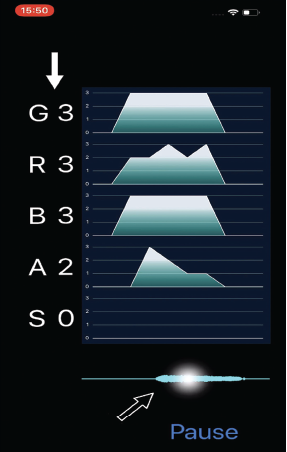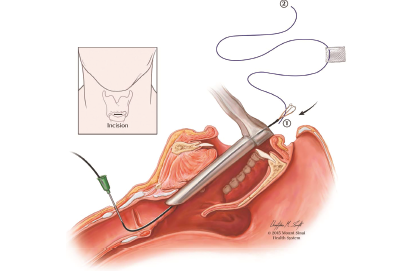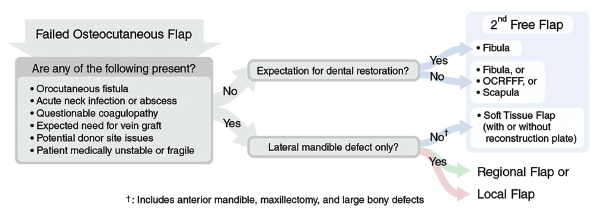The purpose of this research is to facilitate the use of a deep-learning architecture with the GRBAS scale in clinical practice.


The purpose of this research is to facilitate the use of a deep-learning architecture with the GRBAS scale in clinical practice.

Instead of removing the keel in the operating room under general anesthesia, this can be done in the office with topical anesthesia.

The recipient site of the initial failed free flap is the most important factor affecting its management and, in many cases, a second free flap in the acute setting is appropriate.
The practice of neck drain insertions in patients undergoing thyroidectomies is associated with higher risks of hematomas and surgical site infections, and longer hospital stays.
A look at the factors and complications associated with prolonged inpatient length of stay in patients who receive total laryngectomy.
Systemic corticosteroids are the firstline treatment of autoimmune inner ear disease, with intratympanic steroids as a possible adjuvant or alternative.
The presence of parosmia is associated with clinically relevant recovery in olfactory discrimination and identification function in patients with post-infectious olfactory dysfunction who are receiving olfactory training.
Here’s why the inclusion of oral corticosteroids as part of appropriate medical therapy for chronic rhinosinusitis may be the lower-risk strategy.

Although acupuncture is used to treat a variety of medical conditions, there is insufficient evidence to support its use in chronic rhinosinusitis.

Transoral thyroidectomy can be safely performed in a select group of patients. Here are its unique advantages and guidance on when it should be used.